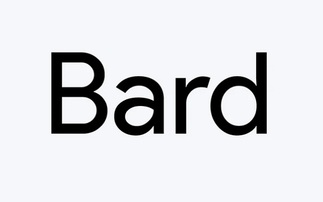Trust claims efficiency savings of £45,000 after replacing Analyser with QlikView
Colchester Hospital University NHS Foundation Trust (CHUFT) has reported savings of about £45,000 and saved 115 more lives since implementing a suite of QlikView applications last year. In 2010,...
To continue reading this article...
Join Computing
- Unlimited access to real-time news, analysis and opinion from the technology industry
- Receive important and breaking news in our daily newsletter
- Be the first to hear about our events and awards programmes
- Join live member only interviews with IT leaders at the ‘IT Lounge’; your chance to ask your burning tech questions and have them answered
- Access to the Computing Delta hub providing market intelligence and research
- Receive our members-only newsletter with exclusive opinion pieces from senior IT Leaders






















